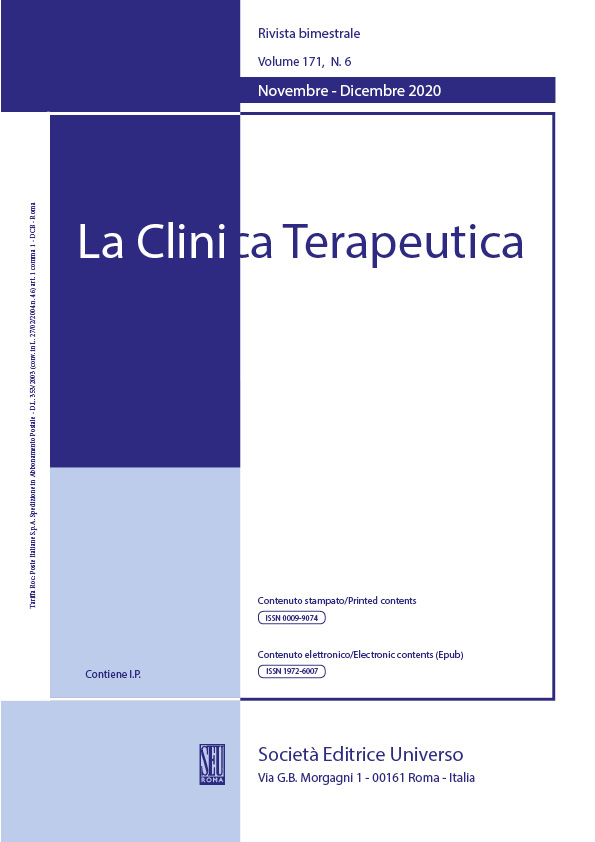Abstract
Abstract:
Denosumab, an antiresorptive agent, has shown results in improving bone mineral density and reducing fractures in postmenopausal women. While bisphosphonates are commonly used as initial therapy for osteoporosis, some studies suggest that denosumab could be an alternative initial treatment for high-risk patients, particularly the elderly population. This narrative literature review aimed to assess the use of denosumab in elderly individuals with osteoporosis, excluding its oncology applications.
Method
Multiple online databases including Scopus, PubMed, EMBASE, Cochrane Central Register of Controlled Trials (CENTRAL), and PEDro were searched for relevant English-language trials.
Results
Between about hundred identified, the review selecteded 21 articles full-meeting the inclusion criteria. These papers all reporting that Denosumab demonstrated significant efficacy in reducing vertebral and nonvertebral fractures in postmenopausal and senile osteoporosis.
Conclusion
Even if limited evidence exists regarding its long-term effectiveness in elderly patients, nevertheless denosumab may be considered a first-line treatment for high-risk elderly patients with senile osteoporosis, particularly for those unable to take bisphosphonates. It has shown superior outcomes in improving bone density and reducing fracture risk, even in frail elderly individuals. Long-term use of denosumab has been reported as safe and effective, enhancing treatment compliance and outcomes.
